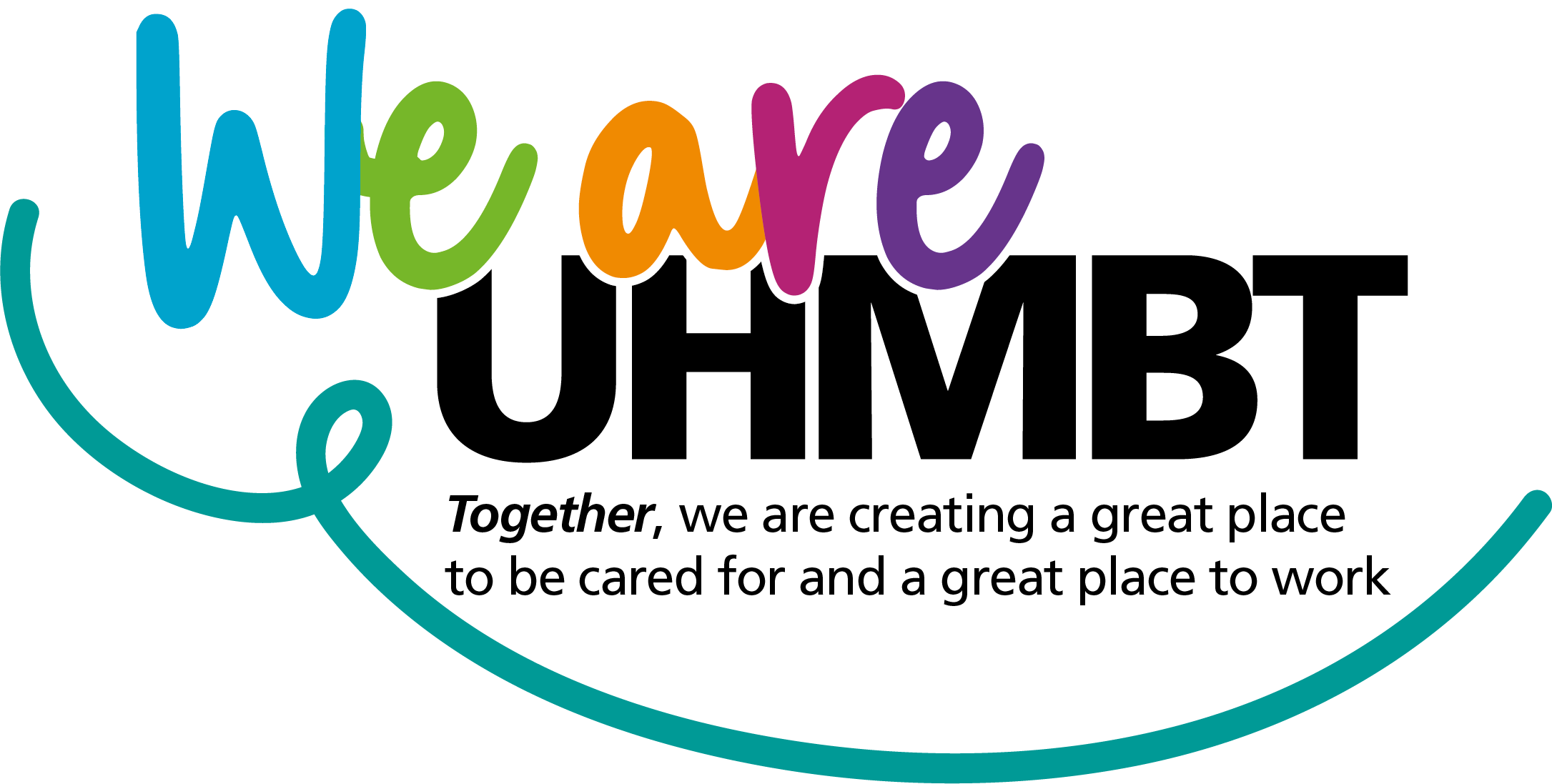University Hospitals of Morecambe Bay NHS Foundation Trust (UHMBT) has launched an interactive timeline to showcase the digital projects spearheaded by its clinical and Health Informatics teams, which are improving patient care and experience.
By introducing the electronic patient record across the Trust’s main hospital sites it has produced some fantastic results including:
- 250,000 inpatient meals ordered through eMeals – an online system which can be accessed by ward staff via tablet computers to order patient meals. The old paper processes could take ward staff up to an hour and a half to complete. This means that staff on the wards have more time to spend on patient care and the system has reduced food wastage
- More than 5.7 million outpatient appointments made electronically (Since 1 Jun 2010) which has reduced the need for paper forms
- Around 3,000 drugs prescribed electronically per day across all of the Trust’s 59 different inpatient areas with 10,000 administration events recorded in December 2018. The system has cut down the time that clinical staff spend on paper notes so they have more time to spend with patients and has reduced avoidable harms associated with medications
- The diabetes outpatient department is 100% paperlite with other services close to this target improving the Trust’s carbon footprint.
Other exciting projects include the introduction of the electronic patient record in the Trust’s theatres. Thanks to a series of dashboards, theatre staff across all three main hospitals can view the progress of a theatre session, manage patient lists, allocate teams for specific procedures and identify potential delays in schedules. This gives staff a single platform to carry out theatre check-in, manage anaesthesia and operation details, patient information in recovery and handover to the wards.
There is now greater flexibility for midwives working in the community who can access the latest information relating to a woman’s care remotely through laptops. Midwives are saving travel time as they no longer have to come back to base to enter handwritten notes into the electronic system.
Colin Brown, Chief Clinical Officer, UHMBT, added: “The benefits of systems like the electronic patient record to our clinical teams have been staggering. Technology really is revolutionising the way staff are working, strengthening partnerships between health and care organisations and giving patients a better experience of local healthcare.”
Andy Wicks, Chief Information Officer, UHMBT, said: “The Health Informatics team has been on an incredible journey over the past 21 years and we have witnessed health care transform thanks to the introduction of systems like the electronic patient record.”
As well as developing the innovative electronic patient record, the Health Informatics team has worked closely with the Bay Health and Care Partners and GPs in the community to support the Advice and Guidance project. The Advice and Guidance service is a locally-developed system enabling GPs to have a secure electronic ‘conversation’ with a hospital specialist. This enables them to obtain advice for patients, without the need to refer a person for an outpatient appointment.
With the scale of digital change gathering significant pace the future looks really exciting for healthcare across Morecambe Bay.
The Health Informatics team will continue to support our frontline staff on the Lorenzo electronic patient record through the introduction of systems such as ePrescribing (electronic prescribing) in the outpatient setting.
Continued self-empowerment of patients through apps is an important goal, building on current systems like STRATA (an electronic system which gives clinicians a better picture of the patient and their needs, up-to-the-minute information, referral options and waiting times) to continue to strengthen links with our partners to integrate care and closer working with our Bay Health and Care Partners to ensure services are more joined up and efficient.
Lastly, the team is looking to strengthen partnerships with universities, including Lancaster University Innovation Hub and the technology industry, as well as exploring software robots and artificial intelligence.
The journey for a single connected electronic patient record began in 1997 when Steve Fairclough, former IT manager for UHMBT, and local GP Dr Tim Reynard, drafted the first IT strategy for Morecambe Bay.
By 2008 an early version of Lorenzo (an electronic patient record system) was trialled on the surgical wards at Furness General Hospital – fast forward to April 2018 and the Trust launched a quicker and more reliable electronic patient record.
Aaron Cummins, Chief Executive, UHMBT, said: “Thanks to the hard work and dedication of our Health Informatics and clinical teams we have made some important improvements in patient safety and experience.
“One of the main challenges in Morecambe Bay is sharing information across three main hospitals across an area of 1,000 square miles. By using technology, it can really help us deliver better patient services and reduce the time spent by staff on paperwork. I think it’s really important that it is clinicians who are leading this work, as ultimately this is a tool for clinicians to use. We want it to make their working lives easier and in doing so give them more opportunities to deliver care in more effective ways for our patients.”
You can find a link to the timeline here http://www.technology.uhmb.nhs.uk/





